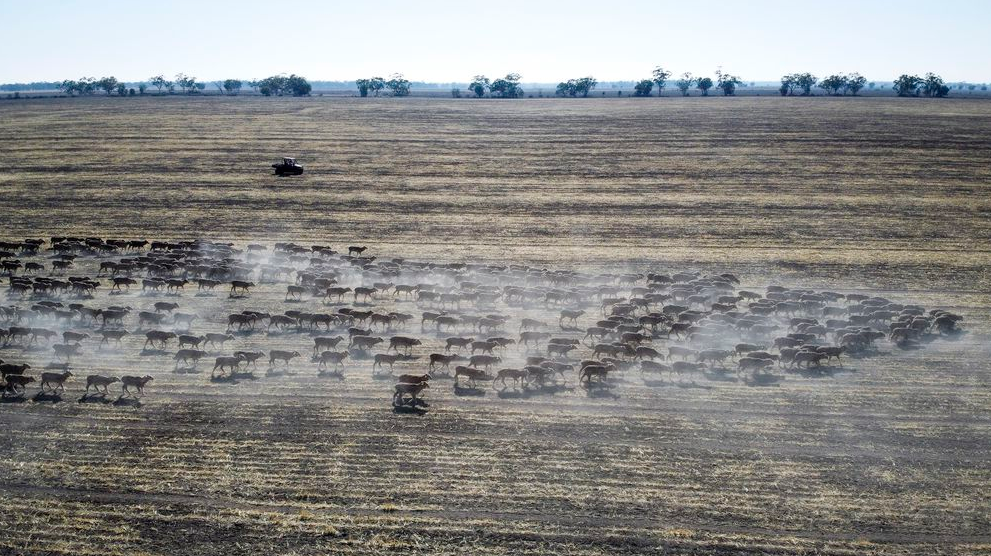Hot, dry weather remains on the cards for Australia, but no El Niño – yet
Australia’s long-range forecast remains full of hot, dry weather, but the Bureau of Meteorology (BoM) has once again held off on following in the footsteps of the World Meteorological Organisation (WMO) by declaring an El Niño.
In its latest climate driver update, the national weather bureau said that, while some of the criteria had been met for the climate phenomenon to be declared, the atmospheric conditions have not yet developed, leaving the ENSO (El Niño-Southern Oscillation) outlook at El Niño alert.
“Sustained changes in wind, cloud and broad-scale pressure patterns towards El Niño-like patterns have not yet been observed,” the BoM said.

“This means the Pacific Ocean and atmosphere have yet to become fully coupled, as occurs during El Niño events.”
Sea surface temperatures, meanwhile, remain above El Niño thresholds and are set to increase further.
While the likes of the WMO and the US’s National Weather Service have both declared an El Niño, the BoM uses different criteria.
“The reason that forecasting agencies have discrepancies in announcing ENSO events is that there are a number of different metrics they monitor – from subsurface water temperatures to cloud cover in the western Pacific Ocean,” Associate Professor Andrea Taschetto, a climate scientist from UNSW Science’s Climate Change Research Centre, said.
“The Bureau of Meteorology hasn’t declared an El Niño yet because one of the metrics, which is the difference in atmospheric pressure between Tahiti and Darwin, is still not behaving in the way that we’d expect a classic El Niño to.
“This pressure difference, which is linked to the weakening of the trade winds, is a key metric for measuring an El Niño, and the trend needs to persist for weeks before we can be sure an El Niño is happening.”

The BoM said while it hasn’t yet declared an El Niño, there is still a 70 per cent chance of one developing, adding that Australia is set for unseasonably hot and dry weather in the coming months regardless.
“The current status of the ENSO Outlook does not change the long-range forecast of warmer and drier conditions across much of Australia for August to October,” it said.
“The bureau’s climate model takes into account all influences from the oceans and atmosphere when generating its long-range forecasts.
“The Indian Ocean Dipole (IOD) is currently neutral. All models suggest a positive IOD is likely to develop in late winter or early spring.
“A positive IOD typically decreases winter-spring rainfall for much of Australia.”








